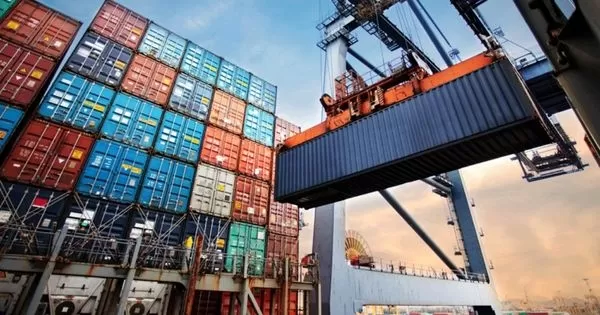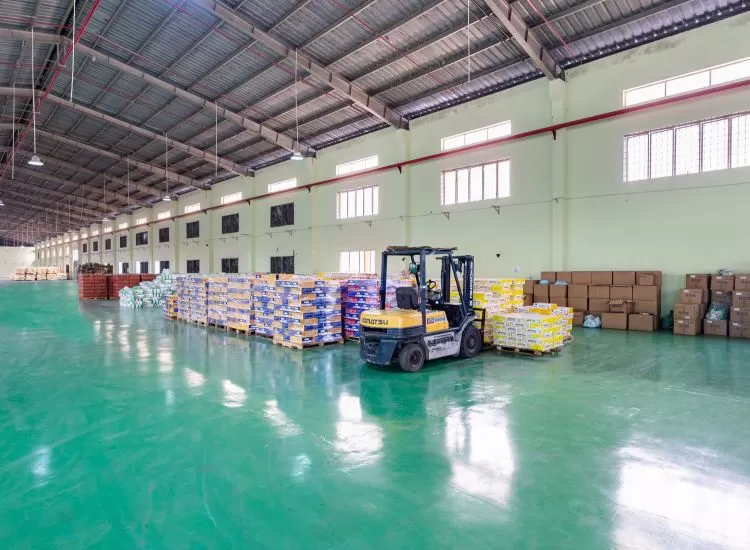Ocean freight rates ease due to capacity increase and peak season pressure easing
Spot ocean freight rates have decreased slightly after two and a half months of continuous increases, signaling that freight price pressure may have passed its peak.

(Source: The DCN)
A major IT system disruption caused by a CrowdStrike update led to thousands of flights being delayed or canceled worldwide over the weekend as airport and airline systems were paralyzed.
While many - but not all - were able to resume operations relatively quickly, delays are expected in affected shipments as the backlog clears. Although some container ports and shipping lines also experienced outages, the impact on shipping was negligible. Houthis in Yemen continued their attacks on boats in the region last week, including a deadly attack on an oil tanker.
The militant group's deadly drone attack in Tel Aviv also marked an escalation in the conflict, including retaliatory air strikes by Israel, and raised some concerns about the possibility of expanding the Houthi target area. But with most container shipping lines avoiding the Red Sea since December, there will not be much impact on ocean shipping.
Congestion at Asia's major container hubs is not as bad as it was a few weeks ago but is still a factor reducing capacity and causing delays, including redistributing ships - and congestion - to other ports in the region, now including Taiwan.
Even with this congestion, there are signs that conditions on the main East-West routes are easing, with reports of vessel occupancy rates falling and freight rates falling after two and a half months of increase. Prices on these routes fell 1% to 4% last week to remain very high, but the decline may signal that the pressure on rates has passed its peak.
This easing of pressure may be due in part to major carriers and smaller new entrants adding capacity to trans-Pacific and Asia-Europe services as demand and spot prices increased sharply in the past two months.
But if peak season pressure begins to ease earlier than usual, it may also be because a large portion of peak season cargo has been shipped in earlier in the year, both in North America and Europe in an effort to address longer delivery times due to Red Sea diversions and avoid delays later in the year and closer to holidays, moving shipments before possible labor disruptions activity at US East Coast ports and before some new tariffs were implemented in July and August.
The decrease in freight rates will be welcome news for shippers. However, as peak season goods will likely keep demand relatively elevated into September and congestion remains an issue, a gradual decline is more likely than a sharp drop as demand eases.
And as long as the Red Sea diversions continue, we should not expect prices to fall below the levels seen during the sharp demand drop in March and April when prices remained more than double what they were 2019. For many other regions, though – including intra-Asia, the Middle East, South Asia and parts of Africa – carriers continue to announce significant GRI and Peak Season Surcharge increases, supported by some capacity changes to key routes from Asia as prices soared.
As demand eases on major trade routes, capacity will gradually be shifted back to these lower-volume shipping routes and prices will begin to decline there as well. In the air freight sector, B2C e-commerce demand is expected to keep volumes and rates from China elevated throughout the typically slow season and into the peak season of Q4.
Freightos Air Index rates out of China dipped slightly to US$5.34/kg in North America and were level at US$3.38/kg in Europe last week, with both well above typical summer rate levels. With prices already elevated in Q3, rates are likely to climb well above peak season norms when demand increases in Q4.
Read more:
- Container freight rates temporarily stable
- International shipping and logistics market update - Week 29/2024
Source: Phaata.com (via ContainerNews)
Phaata.com - Vietnam's First International Logistics Marketplace
► Find Better Freight Rates & Logistics Services!
























.webp)
















.webp)